Description
Piroxicam 20mg Tablet is a nonsteroidal anti-inflammatory drug (NSAID) used to relieve pain, inflammation, and swelling caused by various conditions such as arthritis, osteoarthritis, rheumatoid arthritis, and musculoskeletal disorders. It works by inhibiting cyclooxygenase (COX) enzymes, which are involved in the production of prostaglandins—chemicals that promote inflammation, pain, and fever. Piroxicam is typically prescribed for the short-term or long-term management of pain and inflammation, providing relief from symptoms of conditions like arthritis and acute pain due to injury or surgery. However, it should be used cautiously, as long-term or high-dose use may increase the risk of gastrointestinal bleeding, kidney problems, or cardiovascular issues. Always take Piroxicam as prescribed by your healthcare provider to minimize risks of side effects.
Ingredients
-
Piroxicam 20mg
Drug Class
-
NSAID (Nonsteroidal Anti-Inflammatory Drug)
Uses
Piroxicam 20mg Tablets are used for:
-
Osteoarthritis and Rheumatoid Arthritis: To reduce pain and inflammation.
-
Ankylosing Spondylitis and other musculoskeletal disorders: To relieve pain and swelling.
-
Acute Pain: Effective in managing pain from injuries or after surgery.
-
Chronic Pain: Provides long-term relief from inflammatory conditions like arthritis.
-
Soft Tissue Injuries: Treats sprains and strains.
-
Pain Management for Non-Opioid Users: Can be an alternative for patients who cannot tolerate opioid medications.
Dosage
-
Adults: Typically, 20 mg once daily, or as directed by your healthcare provider.
-
Osteoarthritis and Rheumatoid Arthritis: Starting dose is 20 mg daily, which may be adjusted based on response.
-
Acute Pain/Soft Tissue Injuries: Higher initial doses of up to 40 mg per day may be recommended for the first few days, then reduced.
-
Administration: Take the tablet with or without food, swallowing it whole with a glass of water. Do not crush or chew the tablet.
In Case of Overdose
If you suspect an overdose of Piroxicam 20mg Tablets, seek medical attention immediately. Symptoms may include nausea, vomiting, stomach pain, dizziness, or gastrointestinal bleeding. Treatment may involve supportive care, such as activated charcoal, intravenous fluids, and medications to treat symptoms. In severe cases, hospitalization may be necessary. Always follow the prescribed dosage to avoid overdose risks.
Missed Dose
If you miss a dose, take it as soon as you remember, unless it’s almost time for the next dose. Do not double the dose to make up for a missed one. Consult your healthcare provider if you’re unsure about missed doses or have concerns about the dosing schedule.
How to Use
-
Take Piroxicam 20mg Tablet once daily, preferably after a meal to minimize the risk of stomach upset.
-
Swallow the tablet whole with a full glass of water. Do not chew, crush, or break the tablet.
When Not to Use
Do not use Piroxicam 20mg Tablet in the following conditions:
-
Allergy: If allergic to piroxicam or other NSAIDs.
-
Pregnancy: Contraindicated in pregnant women, especially during the third trimester.
-
Gastrointestinal Disorders: Do not use if you have a history of gastrointestinal bleeding, peptic ulcers, or active gastrointestinal disorders.
-
Kidney/Liver Impairment: Not suitable for individuals with severe kidney or liver dysfunction.
-
Cardiovascular Issues: Avoid use in individuals with severe hypertension, stroke, or heart failure due to increased cardiovascular risks.
-
Bleeding Disorders: Contraindicated in individuals with active bleeding disorders or those at risk of bleeding.
-
Hormone-Sensitive Cancers: Should be avoided in patients with hormone-sensitive cancers (e.g., breast, ovarian, uterine cancer).
-
Children: Do not use in children under 12 years of age or without medical supervision in pediatric patients.
Side Effects
Common side effects may include:
-
Drowsiness
-
Nausea
-
Headache
-
Dizziness
-
Rash
-
Stomach pain
-
Edema (swelling)
-
Vomiting
-
Constipation or diarrhea
Seek medical attention if you experience any of the following:
-
Signs of gastrointestinal bleeding (e.g., black stools, vomiting blood)
-
Severe allergic reactions (e.g., rash, swelling, difficulty breathing)
-
Unusual bruising or bleeding
-
Persistent headaches or dizziness
Precautions & Warnings
-
Gastrointestinal Issues: Use with caution if you have a history of ulcers, gastrointestinal bleeding, or perforation.
-
Cardiovascular Monitoring: If you have a history of heart disease, high blood pressure, or stroke, consult your doctor before use.
-
Kidney/Liver Health: Individuals with kidney or liver impairment should use Piroxicam with caution.
-
Alcohol: Avoid alcohol while taking Piroxicam, as it may increase the risk of stomach bleeding and liver toxicity.
-
Prolonged Use: Long-term use increases the risk of serious side effects like gastrointestinal bleeding, kidney damage, or heart events.
-
Pregnancy & Breastfeeding: Consult a doctor before use if you are pregnant or breastfeeding.
Drug Interactions
-
Anticoagulants: May increase the risk of bleeding when used with blood thinners like warfarin.
-
Other NSAIDs/Corticosteroids: Increased risk of gastrointestinal bleeding, ulcers, and kidney damage.
-
Antihypertensive Medications: May reduce the effectiveness of drugs like ACE inhibitors, ARBs, and diuretics.
-
Lithium: May increase lithium blood levels, potentially causing toxicity.
-
Methotrexate: Increases the risk of methotrexate toxicity.
-
SSRIs: Increased risk of gastrointestinal bleeding when used with selective serotonin reuptake inhibitors.
Food Interactions
-
Alcohol: Avoid excessive alcohol, as it increases the risk of gastrointestinal bleeding and liver toxicity.
-
High-fat Meals: Can reduce the absorption of Piroxicam, potentially reducing its effectiveness.
-
Dairy Products: May interfere with absorption; avoid taking Piroxicam with large amounts of dairy.
-
Grapefruit: Avoid grapefruit as it may alter the metabolism of Piroxicam, increasing the risk of side effects.
Storage/Disposal
-
Store Piroxicam tablets at room temperature, away from heat, moisture, and direct sunlight.
-
Keep the tablets in their original packaging, tightly closed, to protect them from moisture.
-
Keep out of reach of children.
-
Dispose of any unused or expired medication responsibly. Do not discard in household waste. Consult your pharmacist for proper disposal.
Quick Tips
-
Take Piroxicam with food or milk to reduce stomach irritation.
-
Never exceed the recommended dose.
-
Monitor for signs of gastrointestinal issues such as stomach pain, black stools, or vomiting.
-
Avoid alcohol while taking Piroxicam to reduce the risk of serious side effects.
-
Stay hydrated, especially if you have kidney or heart conditions.
Doctor Review
Dr. Sara Khan, MBBS, General Physician:
“Piroxicam is an effective NSAID for the management of pain and inflammation associated with arthritis, osteoarthritis, and other musculoskeletal disorders. It provides relief from both chronic and acute pain and is generally well-tolerated. However, long-term use should be carefully monitored, particularly in individuals with gastrointestinal, kidney, or cardiovascular conditions. Patients should always follow prescribed dosages and report any unusual side effects to their healthcare provider.”
Disclaimer
This content is for educational purposes only and is not a substitute for professional medical advice, diagnosis, or treatment. Always consult a healthcare provider before starting, stopping, or changing any medication.

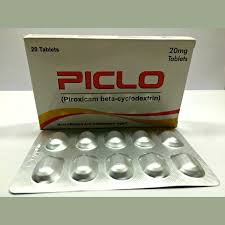
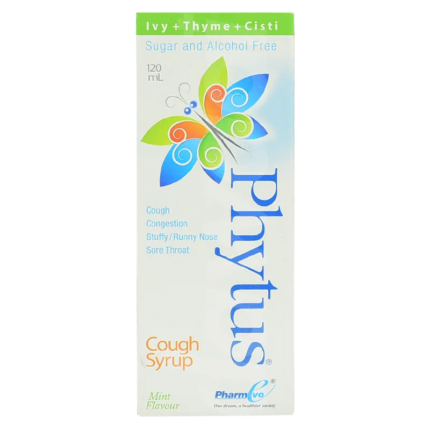
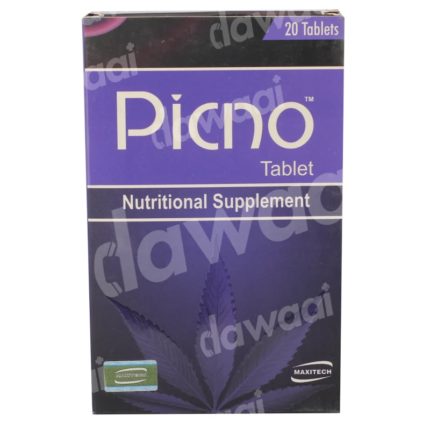
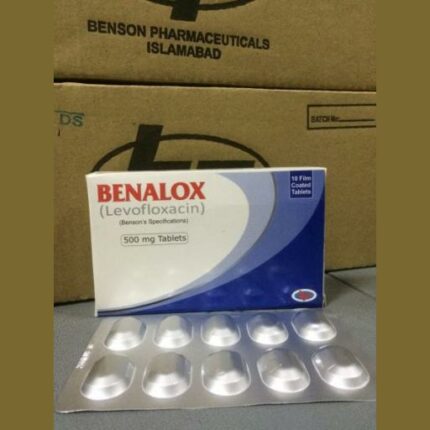
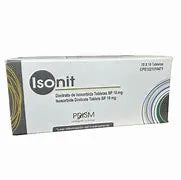


Reviews
There are no reviews yet.